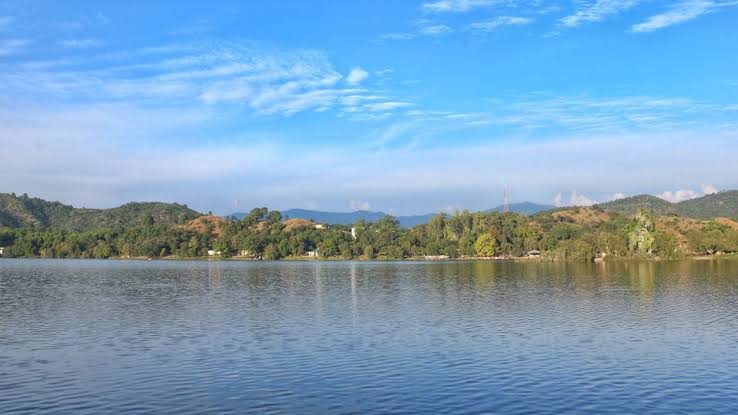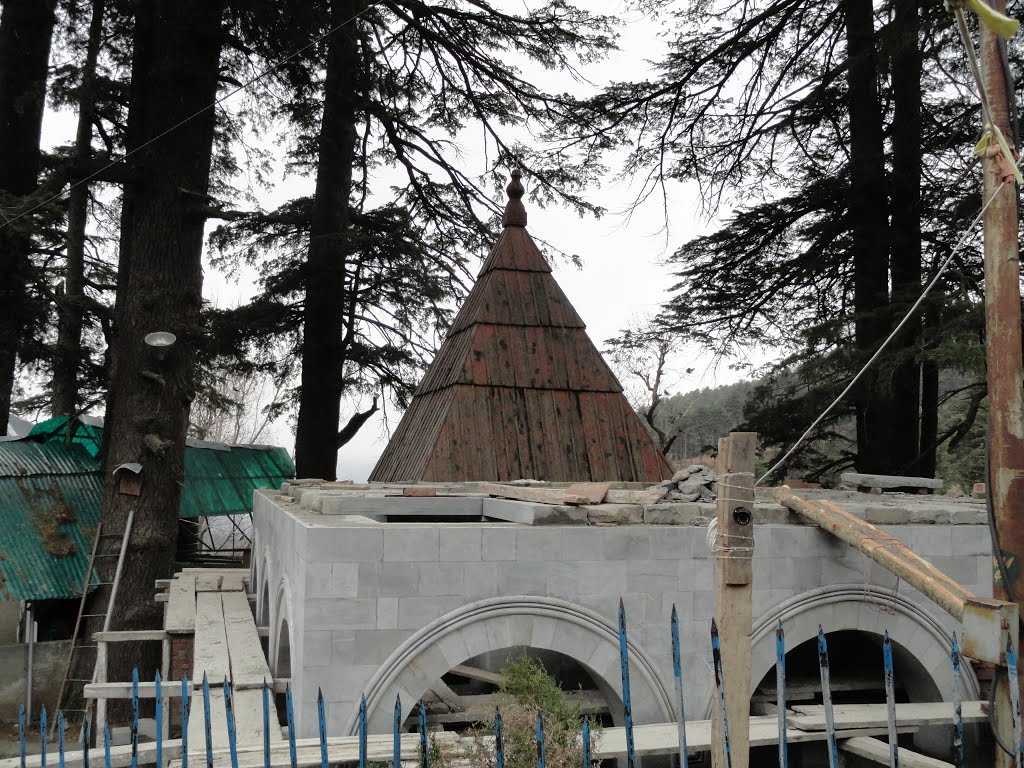Why to visit Mansar Lake
Mansar Lake is a calm, relaxed location that's great for hikes, boat trips, and visiting temples. A paved road with projected observation decks surrounds it, allowing you to see a variety of fish species, a huge number of tortoises, and seasonal birds.
The Pracheen Baba Sheshnag-ji Temple, the principal shrine near the Lake, contains a statue of the six-headed snake god. There are three temples nearby: one dedicated to Durga, one to Narasimha (Vishnu's half-lion, half-man incarnation), and one to Umapati-Mahadev (Parvati-Shiva).
You can take a boat trip on the lake and witness the many fish splashing around in the water in addition to sightseeing and spirituality. Additionally, there is a little eatery where you can have some refreshments.
The trip to Mansar Lake is best enjoyed by driving there, unless you're on a pilgrimage. The Samba-Mansar-Udhampur Road, which is 2 km short of Samba, leads into Jammu's untouched rural core.
The tree-lined route winds past peaceful towns and verdant meadows surrounded by forested hills. On thatched rooftops, pink bougainvillaea creepers blossom. You arrive at Mansar Lake after 22 kilometres of twisting country roads.
Even more picturesque is the Surinsar-Mansar Road route, which goes around Surinsar Lake. From the very top of the tabletop hills, which are located at the centre of the animal reserve, this route offers breathtaking views.
The sanctuary, which spans 98 square kilometres, is home to cheetal, nilgai, barking deer, ghoral, wild boar, and leopards, as well as 15 bird species such as blue rock pigeons, black partridges, and rufus turtle doves.
Historical Facts About Mansar Lake—
It's interesting that the genesis myths for the lakes Mansar and Surinsar are similar. The history of these lakes is said to trace back to the Mahabharata, and it is thought that Babruvahana—the son of Arjun and Ulupi, the daughter of Sheshnag—ruled the region during that period.
Distance: 50km away from Jammu town and 35 km away from Udhampur.





.jpeg)











